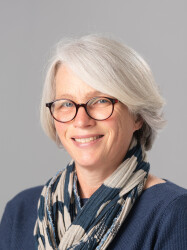BibTex format
@article{Sanz-Pena:2021:10.3390/app11104665,
author = {Sanz-Pena, I and Arachchi, S and Halwala-Vithanage, D and Mallikarachchi, S and Kirumbara-Liyanage, J and McGregor, A and Silva, P and Newell, N},
doi = {10.3390/app11104665},
journal = {Applied Sciences},
pages = {1--13},
title = {Characterising the mould rectification process for designing scoliosis braces: towards automated digital design of 3D-printed braces},
url = {http://dx.doi.org/10.3390/app11104665},
volume = {11},
year = {2021}
}

